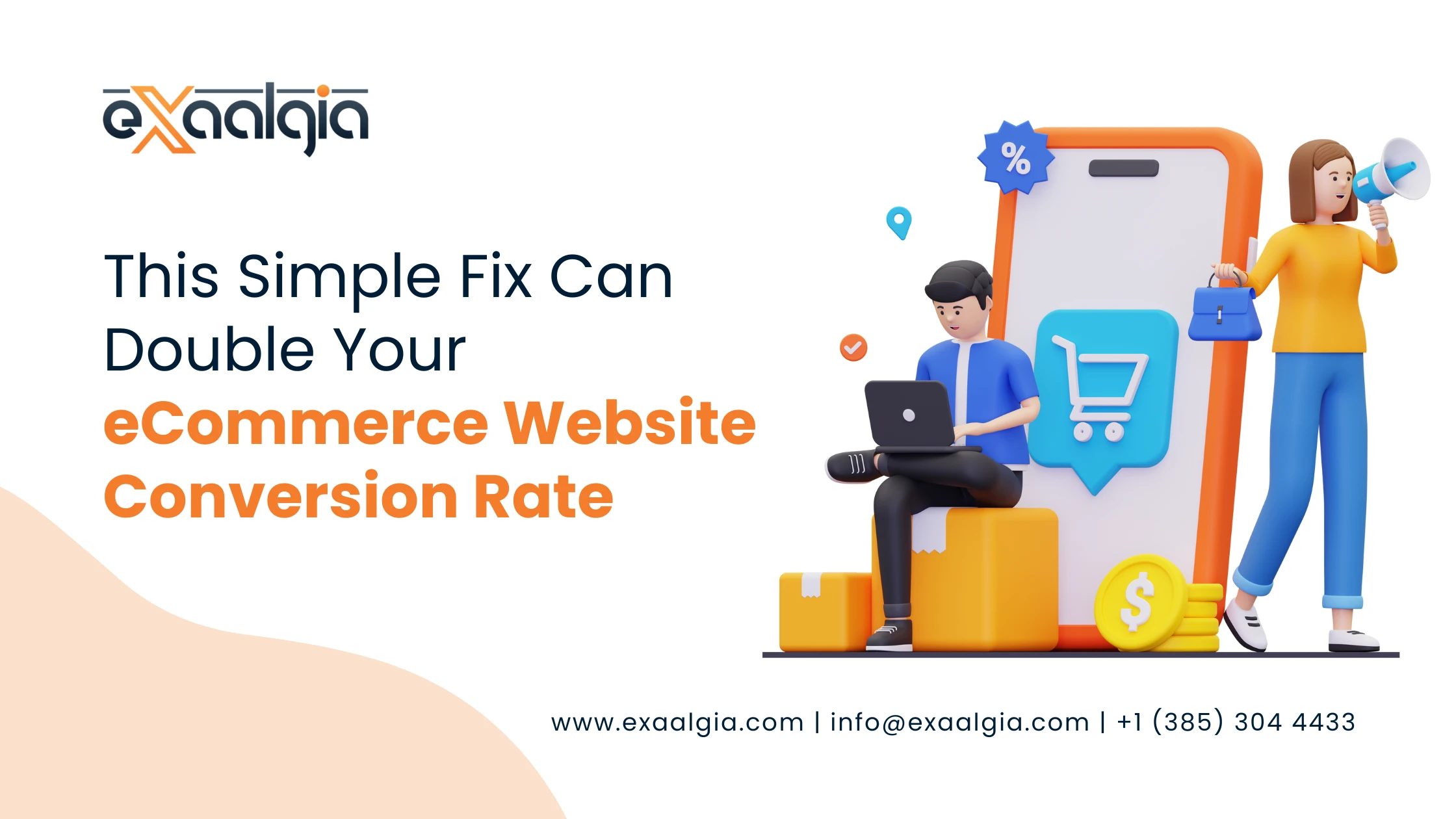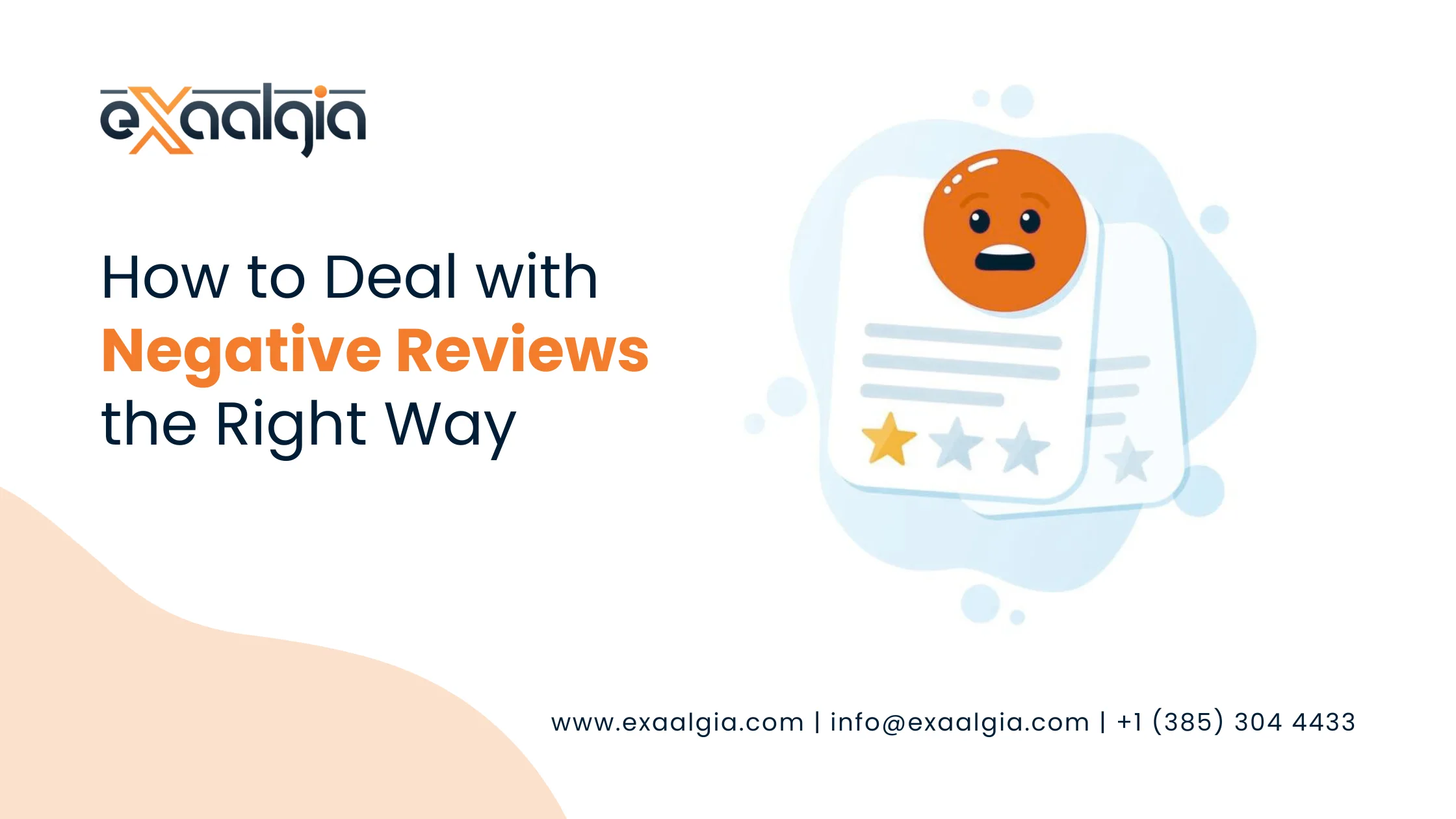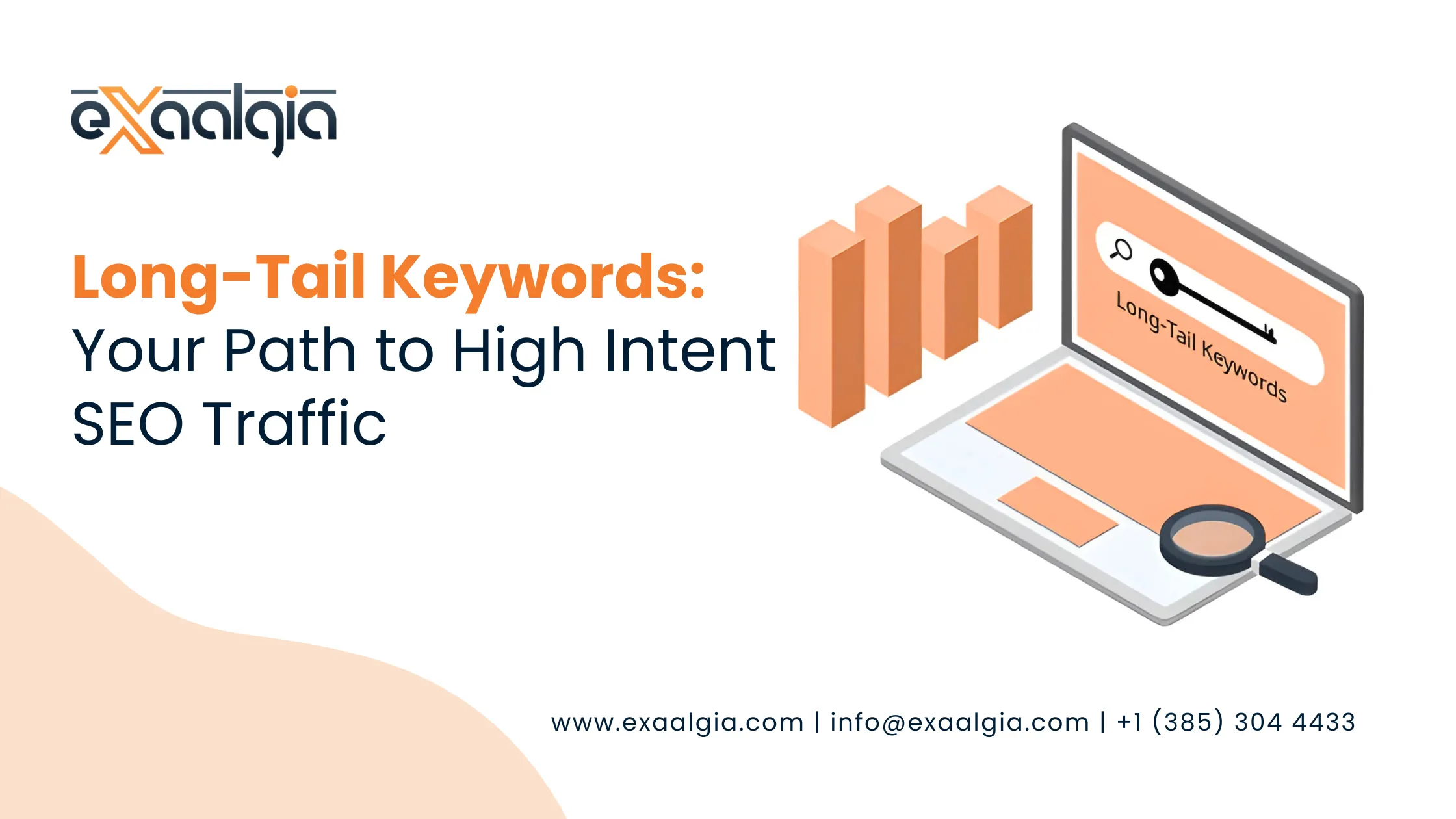A poor conversion rate is a sign that your online store is not able to sell, and thus, you are left with no choice but to keep on spending money to acquire customers. Conversely, investing in CRO can help you attain the highest profits and efficiency.
This detailed guide will clarify what eCommerce site conversion rate means, investigate the various aspects that affect it, and offer website optimization hacks that can get you more customers from the existing visitors.
What is the eCommerce Website Conversion Rate and Why is it Important?
The eCommerce conversion rate is one of the most important key performance indicators (KPI) that show how well your store works.
The Formula:
(Number of Completed Purchases / Total Number of Website Visitors)\100
So, if there are 10,000 visitors to your site in a month, and 200 out of those make a purchase, then your conversion rate is 2%. Industry standards are usually between 1% and 4%, but the absolute best usually go above this with the help of constant CRO activities.
Why it Matters:
The Revenue and Profitability that is a Result of Greater Business Activities: It is possible to double your sales volume in a situation where you have the same amount of traffic by upgrading your rate from 2% to 4%. As a result, the cost of acquiring a customer (CPA) is drastically reduced, and the return on investment (ROI) is significantly increased.
Customer Satisfaction: Inherent to the strive to have the best possible site is the need to make the customer journey to the point of purchase easier, faster and more user friendly which leads to long term brand loyalty.
Sustainable Growth: While the competition goes through the expensive route of buying visitors, you are the one to pay less for the visitors you get, thus establishing a good and profitable growth model that is very sustainable.
Key Factors Influencing Your eCommerce Site’s Conversion Rate
The conversion rate is influenced by several elements working in tandem:
- Website Performance and Speed: Slow loading times are the number one contributor to a high cart abandonment rate. Customers are impatient, studies show that a delay of just one second can decrease conversions by 7%.
- Product Page Quality: High-quality images, precise specifications, enticing product descriptions, and ample customer reviews are a must for trust and desire.
- Pricing and Shipping Transparency: The hidden costs, especially the shipping that is high revealed late in the checkout process, do not only cause the consumers to get annoyed, but they also lead to the consumer abandoning the cart suddenly.
- Trust and Security Signals: The presence of an SSL certificate, recognizable payment gateway logos, and secure badges, as well as a clear, easy to find returns policy, are ways to reassure customers about the safety of their transaction.
- Mobile First Design: Considering that the majority of modern shopping is done on mobile devices, having a smooth and quick mobile experience is very important to achieve high conversion rates.
Ways to Convert Visitors into Customers and Improve Your eCommerce Website Conversion Rate
The implementation of the following eleven strategies with a significant impact, grounded on the best practices of conversion rate optimization, can help to pretty much boost the performance of your store and allow you to earn a maximum of your existing traffic:
1. Clearly Define Your Website’s Goal and Unique Value Proposition (UVP)
Your site should instantly reveal its unique value proposition (UVP) , a straightforward and brief statement that tells what you present and the reason for the customer picking you over competitors. It could be “fastest same day delivery” or “Sustainable, Ethically Sourced Products,” this transparency creates instant trust and drives visitors deeper into the sales funnel. If a user has not grasped your worth in moments, he/she will leave.
2. Identify and Target Your Ideal Customer
Your site can only serve a few people at a time. Conversion rate optimization very much depends on considering the target group as closely as possible. Make use of the quantitative data like Google Analytics to find out the origin of the traffic and where the users leave, and the qualitative data (surveys, feedback) to find out the reasons. By customizing the design, messages, and the product mix according to your ideal visitor, you not only draw in higher quality traffic but also increase the chances of conversion.
3. Make Your Navigation and Funnel Easy to Follow
There should be no obstacles on the way from the homepage to the checkout (the funnel). Inconvenient layouts, deep menu structures, or too many clicks will all result in losing users. Clear and straightforward category pages, powerful internal search, and a transparent one-page or simple multi-step checkout process will be your main focus. Do not forget about mobile users. Make sure that all the points of interaction, especially the payment entry fields, are easy on a smartphone.
4. Utilize Data-Driven Decisions with A/B Testing
Changes in optimization should never be made based on intuition or feelings. Instead, data-driven tools such as heat maps and analytics should be used to pinpoint pages with high exits and conversion problems. A hypothesis should be created (for example, “Changing the CTA button color to orange will lead to a rise in clicks”) and then verified with A/B testing. The only alterations to be made are those that the statistics confirm will increase your conversion rate, thus assuring a positive ROI on your CRO activities.
5. Don’t Ignore the SEO Chances
Being seen is the first step toward getting people to buy. A solid SEO base assures that the right customers are seeing you. Make sure the product pages have the right title tags, meta descriptions, and semantic keywords that perfectly describe the product. Proper SEO ensures qualified traffic since the visitors are already looking for your products thus making it easier for them to convert.
6. Have Different Marketing Strategies
Relying only on pricey advertisements is not a sustainable option. The eCommerce Marketing strategy of your company should be like a portfolio that consists of different investments. Organic search optimization, a strong email marketing campaign, and active social media presence should be done alongside your PPC and paid social advertising campaigns. By reaching out to customers through various channels, you not only increase brand awareness but also create different contact points that gradually move the leads into conversion.
7. Build Customer Confidence with Trust Signals That Are Strong
Since a transaction done online does not allow the customer and seller to see each other, then trust has to be established through digital means. Show security seals, provide clear contact information, and have an “About Us” page that is easy to find. Most importantly, customer testimonials and product reviews get an attention that is second only to the products themselves. The social proof from previous buyers is often the last piece of proof a cautious visitor needs before making a purchase.
8. Offer Value in Your Calls to Action (CTAs) and Keep Forms Simple
The value of the CTAs should be perceived as the customer’s reward for sharing personal data with the company. Instead of defaulting to “Sign Up,” why not use more appealing CTAs like “Get 10% Off Your First Order” or “Download A Guide For Free.” Changing the mindset to a perceived gain gives birth to the conversion. Moreover, do not burden customers with unnecessary form fields. In the case of a lead generation form, just ask for the name and email; allowing upfront too much data to be collected is one of the main causes of high conversion rates dropping and consequently high cart abandonment rates.
9. Match Ad Messaging to Your On-Site Experience
A user’s journey is smoother with consistency. When a shopper clicks an ad that promises a “Limited Time Sale” then that sale has to be very visible on the landing page. Any difference between your paid ad copy and the landing page content creates friction and results in immediate bounces. Make sure your visuals, messaging, and UVP are consistent across all eCommerce marketing channels.
10. Maintain a Consistent Flow of Relevant Content
Google prioritizes useful information. Besides product pages, keep a blog or content hub with relevant articles, videos, and guides. This constant flow of relevant content not only boosts your eCommerce SEO presence through targeting more semantic keywords but also educates your customers. Educational content builds your authority and makes customers more confident in their purchasing decisions from your brand.
11. Social Media Use for Customer Relationship Building
The social media sites are your website’s essential but indirect counterparts. Do not use them only for airing your company’s existence, instead, engage customers with them. Post notifications, present the company to the customers, and speedily reply to the fans’ and customers’ comments and messages. Such interaction makes your brand relatable, responsive, and trustworthy. By engaging customers through social media, a community is created which in turn increases organic traffic and leads to customer loyalty in the long run, hence repeat sales.
Advanced Strategies for High-Level eCommerce CRO
When you have followed the basics, then you can use these advanced strategies to push your eCommerce site conversion rate even further:
Hyper-Personalization: Make the most of customer information in providing the most fitting content. This would mean, for example, customer specific product suggestions based on their earlier visits to the site, sending people personalized emails with special offers, and putting up hooks on the homepage that draw in people based on their interests. Showing a visitor exactly the item he or she is most likely to purchase greatly increases conversion rates.
Exit-Intent Technology: Set up windows that would appear only when the system detects that a visitor is about to leave the page. Present a powerful incentive for the visitor, such as a one-time discount or free delivery, to convince the customer to buy before he or she completely gives up the session. This is very efficient in bringing back sales that would have otherwise been lost to a high cart abandonment rate.
Live Chat and Chatbots: The instant responses provided by this service to customer inquiries remove obstacles during the sale process. The live chat option can promptly clear doubts regarding size, shipping, or returns, resulting in a sale.
Your Next Step Toward Higher eCommerce Conversions
The best thing you can do is to Improve Your eCommerce website conversion rate, and it will become the most profitable investment in your online store. The focus will be from blindly chasing new visitors to thoughtfully optimizing the assets already in place. A clear unique value proposition, seamless user experience, data driven decisions through A/B testing, and building strong trust will together significantly boost the efficiency of your store.
Optimizing your conversion rate, or CRO, is not just a one-time solution but a constant loop of analysis, hypothesis, and testing. You may start with some of these proven 11 tips, then measure the results very carefully, and finally see the existing website traffic bringing exponential revenue growth.
Frequently Asked Questions (FAQs) on eCommerce Conversion Rate
Q1: What is a good eCommerce Website Conversion Rate?
A good eCommerce conversion rate varies widely from 1% to 4% depending on the industry. “Good” is a relative term, though. If your current rate is 0.5%, getting to 1.5% is an impressive accomplishment. You should always strive to slowly but surely raise your rate from your own baseline to the top 10% of your industry which typically has rates of 5% or more.
Q2: How do I find out the conversion rate of my eCommerce store?
The conversion rate is determined by a very uncomplicated formula:
Conversion Rate = Number of Purchases\Total Number of Website Visitors\100
So, if the number of your visitors was 5,000 and the number of your purchases was 100 in one month, then the conversion rate goes like this: 100\5000*100 = 2%.
Q3: Which one factor most affects Conversion Rate Optimization (CRO)?
Although many factors are present in the process, the single most important one is usually the user experience (UX), especially during checkout. A lengthy, complicated, or unresponsive checkout process is the main cause of high cart abandonment rates. So, the opposite or the application of these factors: simplicity, mobile-friendliness, and transparency regarding shipping costs, is very important.
Q4: How important is mobile experience to my Conversion Rate?
Mobile experience is of great importance. More than 50% of the total web traffic worldwide comes from mobile devices while the conversion rate on mobile is the one which is mostly lower than on desktop due to the inefficient design. Therefore, if your site is not the mobile-first approach, is not fast-loading, and is neither easy to navigate on a small screen, then you are probably losing most of the potential customers.
Q5: What are Semantic Keywords and how do they help Conversion Rate?
Semantic Keywords are words that are closely related in meaning to your primary keyword (“eCommerce website conversion rate”) like “website optimization,” “online store sales,” and “customer acquisition.”
They improve conversion rate in the following ways:
Enhancing SEO: They play a vital role in making the search engines comprehend the total context of your page, which in turn results in more highly qualified traffic (those visitors who know exactly what they are looking for).
Meeting Visitor’s Needs: They let your content provide answers to related questions and concerns that a visitor might have, hence fostering trust and leading them to conversion.
Q6: What is a good way to reduce the Cart Abandonment Rate?
The best measures to be taken for minimizing the cart abandonment rate are:
Make Free Shipping Available: This is the most attractive offer that customers look for.
Be Open: Inform product page visitors about all costs (shipping, tax) right away and at the product page.
Guest Checkout: Let the customers finish the buying process without signing up for an account.
Exit-Intent Pop-ups: When a user gives signals of leaving the checkout page, provide a small discount code or incentive.
Q7: How often should I perform A/B testing for CRO?
A/B testing is not something that should be done once and for all. It should be an ongoing and continuous process. Whenever you get a test result with high confidence, you should immediately start testing the next factor that affects your conversion funnel. Successful eCommerce teams set aside regular time (weekly or bi-weekly) for data analysis, hypothesis formulation, and new test launching.







